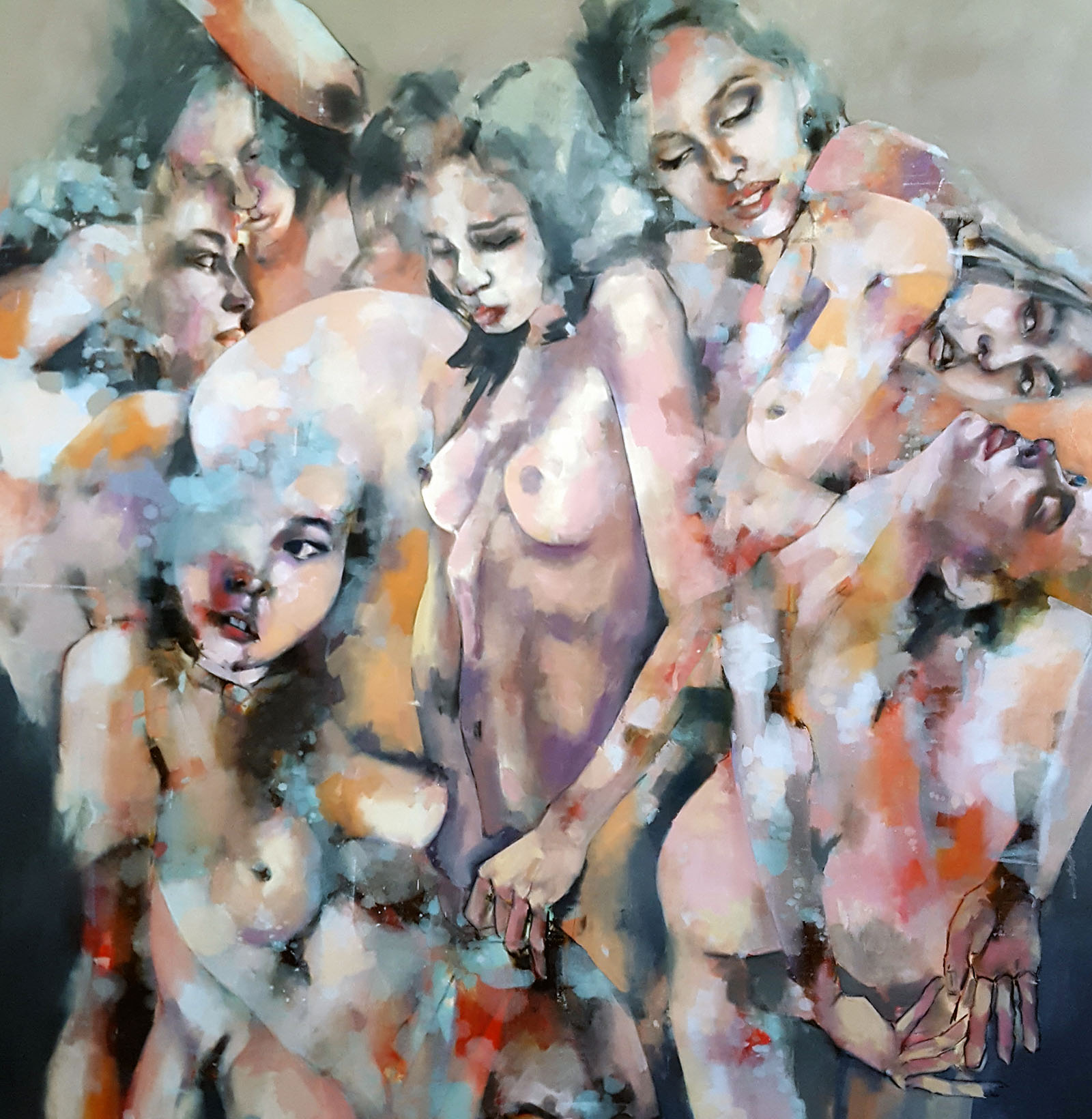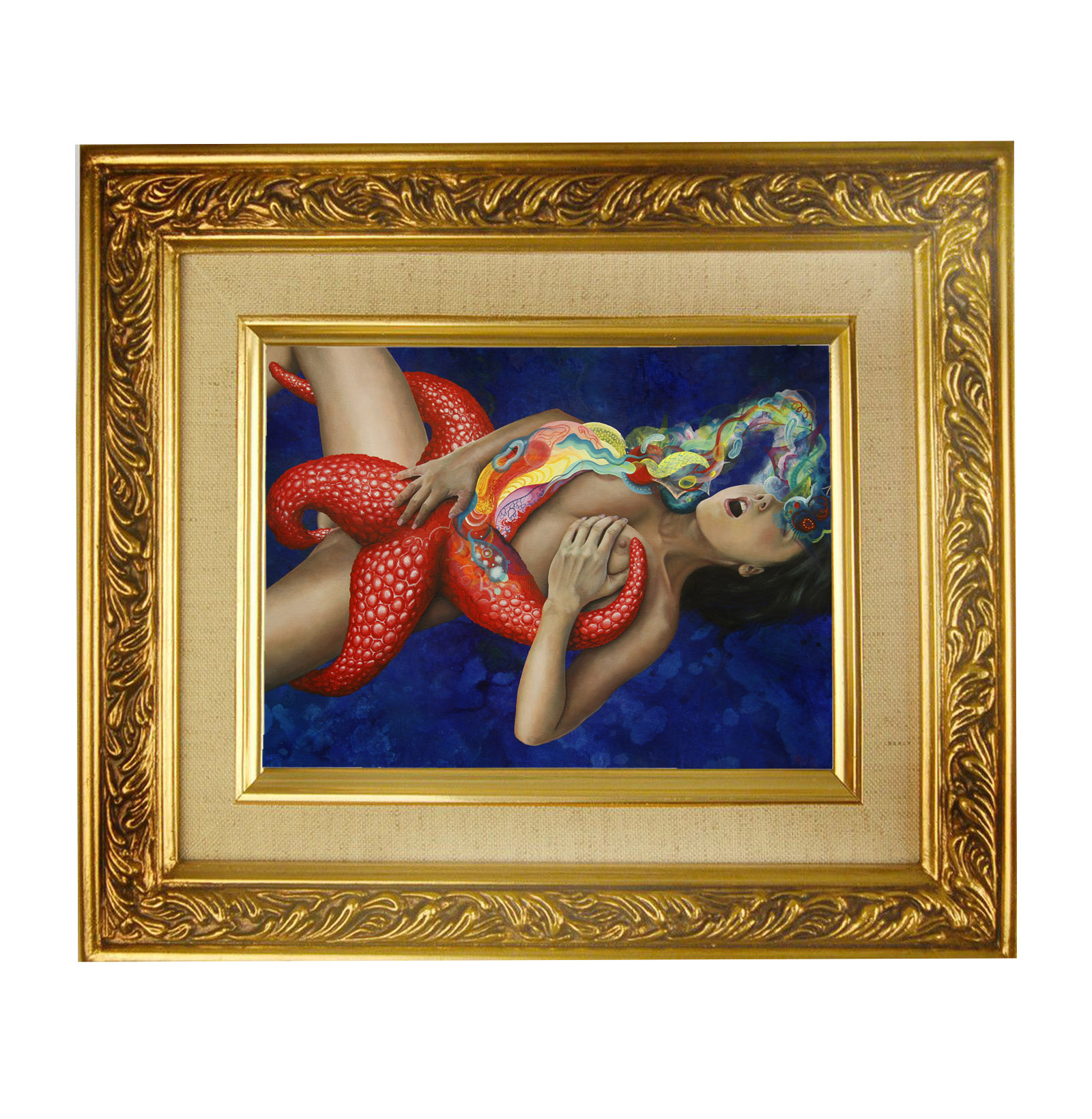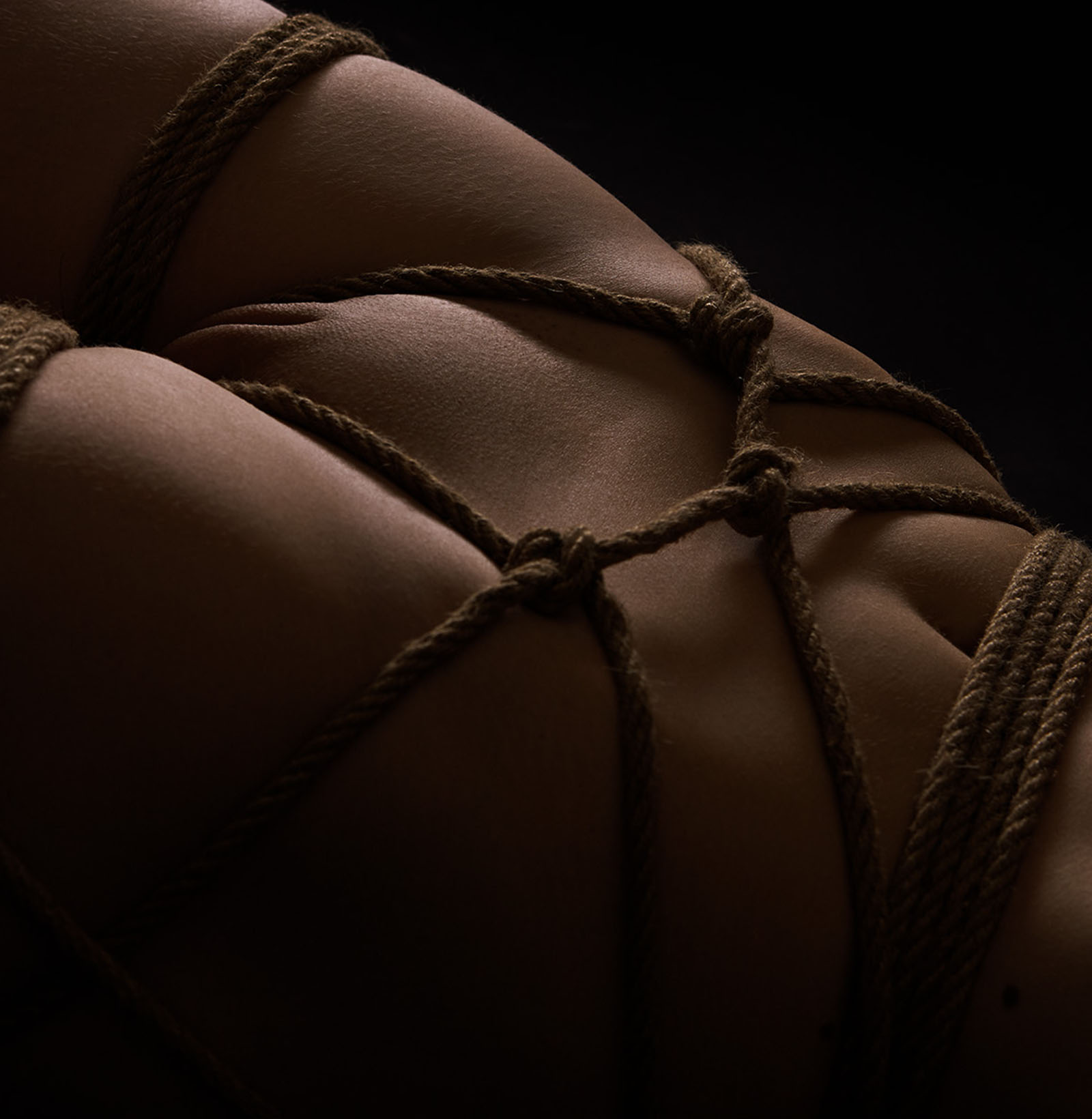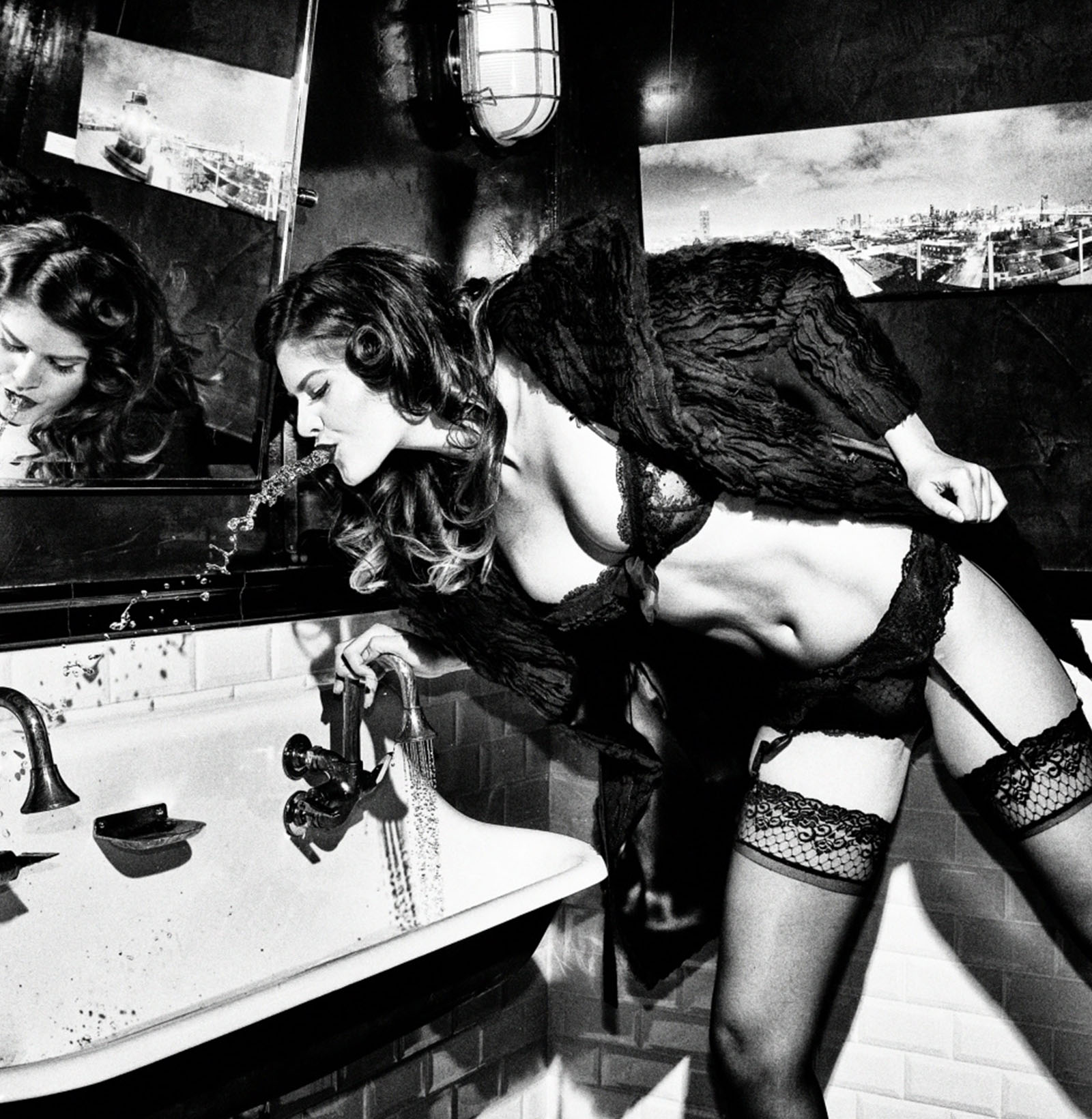Erotic art is often misunderstood. Scholars and artists alike can struggle to truly define erotic art. Most often they rely on explaining what erotic art isn’t, or on the idea of “you know it when you...
Erotic art is often misunderstood. Scholars and artists alike can struggle to truly define erotic art. Most often they rely on explaining what erotic art isn’t, or on the idea of “you know it when you see it.”

This lack of definition creates a challenge for the genre. We take a crack at an easy way to grasp definition.
Definition of Erotic Art
Erotic art is an art that either depicts sexual activity and/or is designed with the intent of provoking arousal. While it has erotic intentions, it is also something that can be appreciated as art if absent of arousal. It is fine art with erotic themes and/or imagery.

This definition separates erotic artists from pornographers. Void of arousal, pornography is not typically artistically driven.
As well, this definition avoids painting all sexual imagery as erotic art. For instance, the famous Baulé fertility statues depict a man and woman nude. Although they depict nudity, there is no erotic intent so they do not fall under the erotic art category.
Instead, the purpose of these statues is to promote fertility. They’re actually a popular exhibit for couples who are trying to conceive. According to Ripley’s (who has the statues on display):

“Thousands of women have testified that after trying to conceive for years. They got pregnant after laying their hands on the legendary statue’s.”
These represent a clear example of the difference between nude and erotic sculptures.
Why is Defining Erotic Art Important?
All great art has its critics. But, erotica suffers criticisms and challenges that other genres aren’t as exposed to. One of the biggest reasons it is important to define erotic art is that a misrepresentation as pornography leads to its suppression.

Freedom of speech protects the arts. Pornography, however, is not privy to the same protections because of its classification as obscene.
Art or Obscenity?
In the famous Miller v. California 1973 trial, the courts established a three-factor rule that satisfies whether to legally categorize a piece as art or obscenity. Miller was arrested for selling, distributing, and publishing obscene materials. His defense: the works were not obscene because they possessed social value.
Although his defense did not stand, the trial did lead to a standard for determining whether to classify something as art or obscenity. A piece must meet all three factors:

- * Whether the average person, applying contemporary community standards, would find that the works as a whole appeal to the prurient interest;
- * Whether the work depicts or describes sexual conduct or excretory functions, as defined by state law, in an offensive way; and
- * Whether the work as a whole lacks serious literary, artistic, political, or scientific value.
With regards to the first two points, they are subjective depending on the time and locations. The third point, however, is really the crux of what separates art from obscenity. Erotic art contains serious artistic value.
The Philosophy of Erotica
The philosophy of erotic art goes beyond arousal. It has been a part of human culture since our earliest discovered records. Erotica is part of who we are, and its artwork is a means of embracing human nature.
Is All Erotic Art Nude?
As evidenced in famous paintings, like Michelangelo’s The Creation of Adam, not all nude art is erotic. But is all erotic art nude? This is a common misconception, but erotica does not rely on nudity.
Erotic themes, situations, or suggestions do not require nudity. In erotic photography, the model’s clothing and posing can drive the erogenous appeal. A good example is burlesque photography where the model’s attire is sexually suggestive.

Erotic artists may also focus on body parts that are commonly linked to sexual interaction and/or arousal. An artist may specifically focus on sexualized body parts like legs, breasts, genitalia, hands, and feet to evoke something in the viewer.
Whether through incorporating a fetish or the implication of sexuality, erotic art does not require nudity.
Where to Find Erotic Art
Today, there is no shortage of ways to discover art. Galleries, shows, and social media provide easy access for long time collectors or first-time buyers. Erotic art, however, has remained more elusive. Art Provocateur Gallery is the premier online gallery for erotic art. Browse the largest selection of erotic art from some of America’s best erotic photographers.